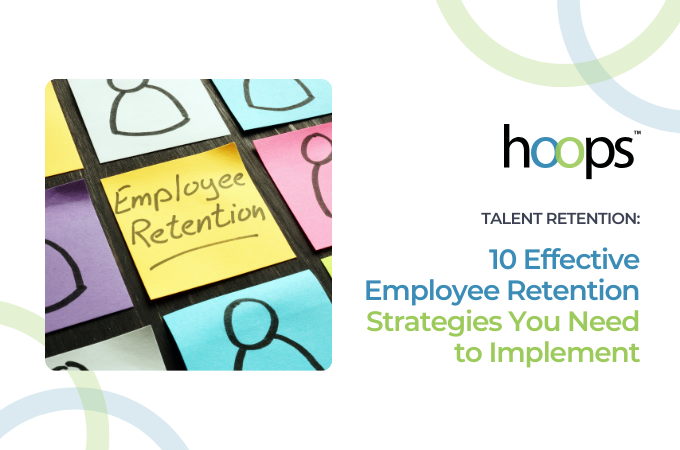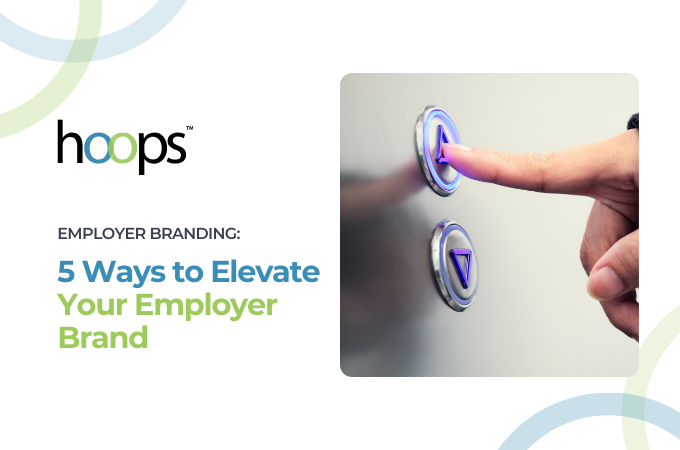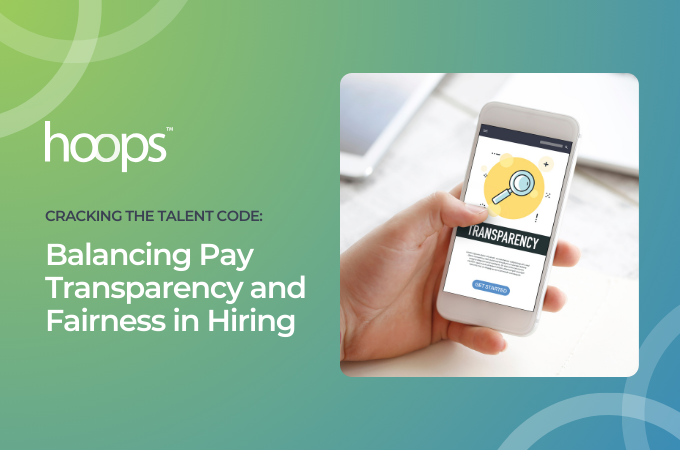In the wake of The Great Resignation and recent high-profile discussions around leadership challenges at major companies like Twitter (now X), the impact of toxic work environments on both talent and reputation has never been clearer. The pandemic reshaped how we think about work, pushing employees to reevaluate their work environments and leave behind toxic employers at unprecedented rates. Toxic culture has become the number one reason people are quitting their jobs, outpacing salary or benefits.
Toxic employees aren’t just affecting their own performance—they’re bringing down entire teams, eroding company culture, and driving away top talent. With high turnover rates and the rising cost of hiring, the impact of a toxic employee can ripple far beyond their individual role.
The Culture Impact: The Ripple Effect of Toxicity
One of the most damaging effects of toxic employees is their ability to bring down team morale. Often, it's not the person who speaks up or challenges ideas who does the damage—it's the toxic employee who chips away at team cohesion. Toxic behavior manifests in many ways, from spreading negativity to undermining peers. A study by the Harvard Business Review found that one toxic employee can infect multiple team members, leading to decreased engagement and productivity by as much as 30%.
The damage isn’t limited to morale. Toxic employees drive away top talent, as high performers are less likely to stick around in environments where their efforts are overshadowed by negativity. As coach Nick Saban famously said, “Mediocre people don’t like high achievers, and high achievers don’t like mediocre people.” A toxic employee often forces this division, pushing away high achievers in favor of maintaining mediocrity.
This leads to a vicious cycle where your best employees leave, and the overall performance of the team deteriorates. According to research from MIT Sloan Management Review, a toxic culture is 10 times more likely to contribute to turnover than compensation. In an age where companies are battling for talent, a toxic culture can be a slow death sentence for an organization.
The Financial Impact: Toxicity Hurts the Bottom Line
The financial cost of toxic employees is significant. Beyond their lower productivity, toxic behaviors can lead to mistakes, missed deadlines, and poor decision-making, all of which impact a company's revenue. According to a study by the Harvard Business School, avoiding hiring a toxic employee can save a company an average of $12,500 in turnover costs alone.
But that’s not where the cost ends. Toxic employees often reduce team output, which can have ripple effects throughout the organization. For example, when team members disengage due to a toxic colleague, overall productivity suffers, leading to delays and higher operational costs.
Additionally, toxic behavior can erode customer satisfaction. In today’s digital age, where customer feedback is often immediate and public, the damage done by a toxic employee who interacts with customers can spread quickly. One poor customer interaction can lead to negative reviews, loss of clients, and ultimately, a hit to revenue. Companies with a toxic culture experience higher customer churn, as clients sense the disorganization and negativity within the organization.
The Human Cost: Never Sacrifice the Group for One
It’s tempting to hold on to a toxic employee who excels in their technical skills, but this is a dangerous gamble. As the saying goes, the needs of the many outweigh the needs of the few. By keeping a toxic employee, you may be sacrificing the well-being of the group. High performers thrive in positive, collaborative environments, and allowing one individual to poison that atmosphere can create lasting damage. A Gallup study found that companies with highly engaged teams have 21% higher profitability. It’s clear that fostering a positive culture benefits the group, and thus, the organization as a whole.
As leaders, it's important to remember that no single employee, no matter how skilled, is worth the cost of eroding your team’s cohesion and overall success.
Current Events Highlight Toxic Cultures
The past few years have shone a spotlight on toxic workplace cultures like never before. Trends such as quiet quitting and employee burnout underscore how employees are prioritizing their well-being over toxic work environments. Many workers, especially in the wake of the pandemic, are choosing to leave companies that fail to offer a healthy, supportive culture.
The MIT study also found that 62% of employees cite toxic culture as the number one reason for quitting their job—even more than pay or benefits. As these trends continue to make headlines, organizations are under increasing pressure to address toxicity, or risk losing top talent and damaging their reputation.
Conclusion: Invest in a Positive, Toxic-Free Culture
The true cost of toxic employees cannot be understated. They diminish morale, drive away top talent, reduce productivity, and ultimately harm your bottom line. Investing in a positive work environment that prioritizes the well-being of the group over the individual is not just good for culture—it’s good for business.
At Hoops, we understand how important it is to bring the right people into your organization from the start. By leveraging our AI-driven recruiting process and proactive sourcing strategies, we help you find candidates who not only fit the role but also contribute to a positive and high-performing workplace. If you’re ready to build a strong, thriving team, we’re here to help you avoid the costly impact of toxic hires.
Simplify hiring. Amplify growth. Visit us at hoopshr.com or call 877-262-7358 to learn more!
#yourbesthire







